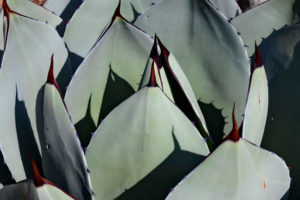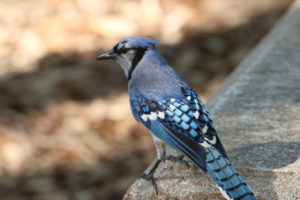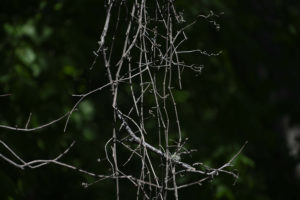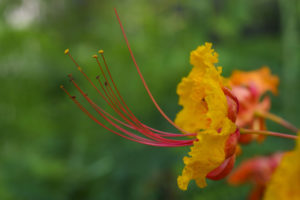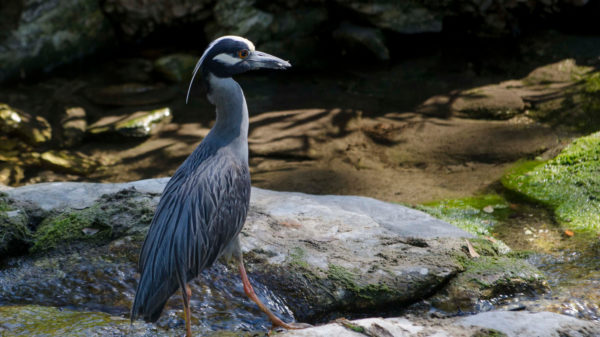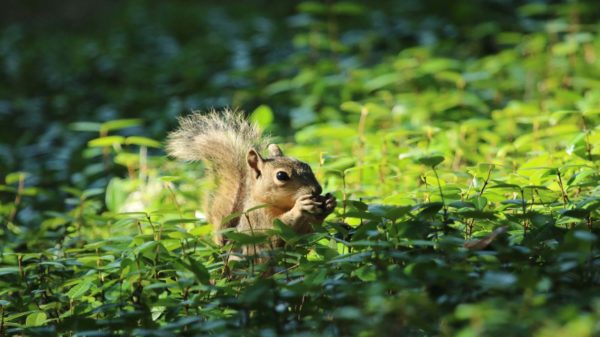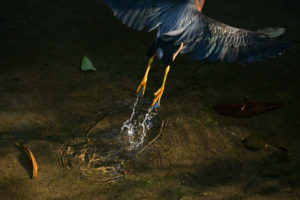Campus is a busy place, but if you slow down, you can see a whole other world thriving. The Forty Acres has countless green spaces providing sanctuary to native and adapted species, from red-eared sliders in the turtle pond and water fowl in Waller Creek, to our resident falcon perched above us all. The landscape is dotted with vibrant color: yellow prickly pear cacti, stands of bluebonnets, fiery pride of Barbados flowers, lush green oak trees and shimmering sage succulents. These beautiful ecosystems on our urban campus provide faculty members and students a living laboratory to study the nature of Texas.
“Where flowers bloom, there blooms hope.”
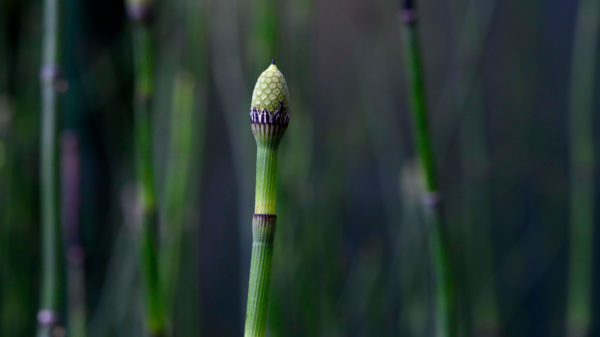
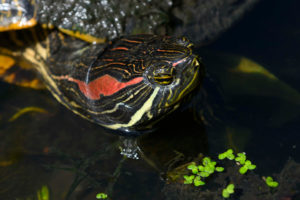
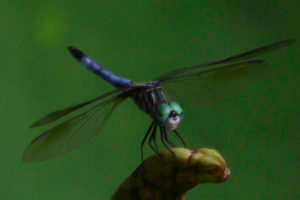
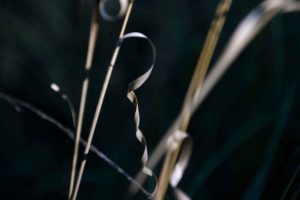
When spring climbed toward summer, you opened once more the curled sleeping fingers of newborn leaves as though nothing had happened …”
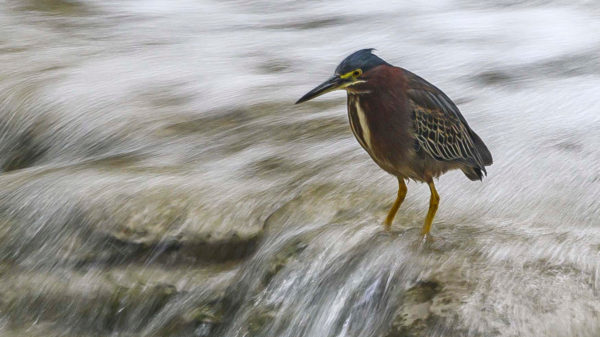
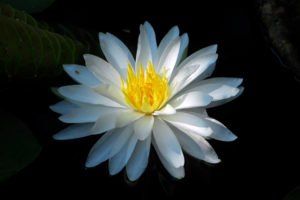
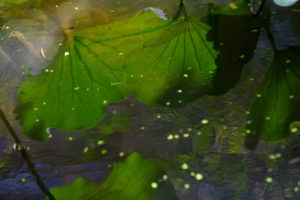
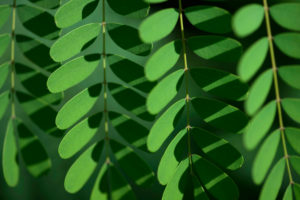
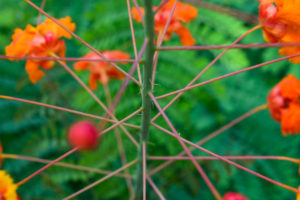

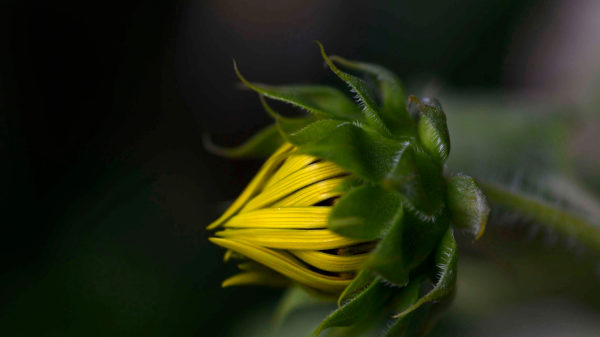
Nature uses only the longest threads to weave her patterns, so that each small piece of her fabric reveals the organization of the entire tapestry.”
